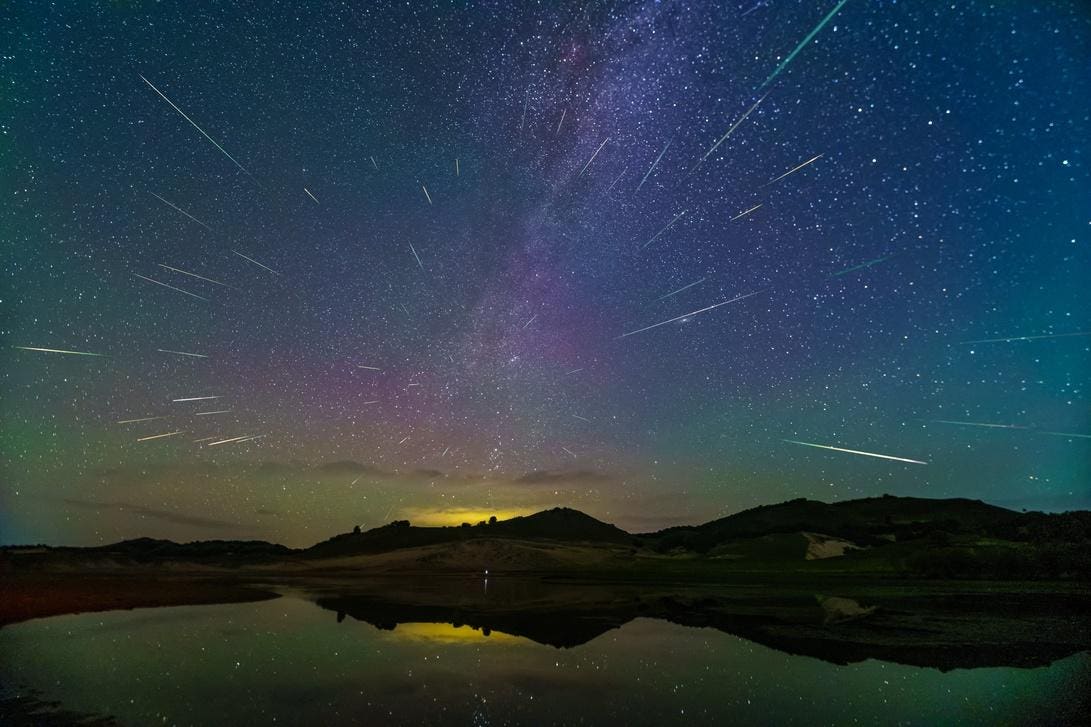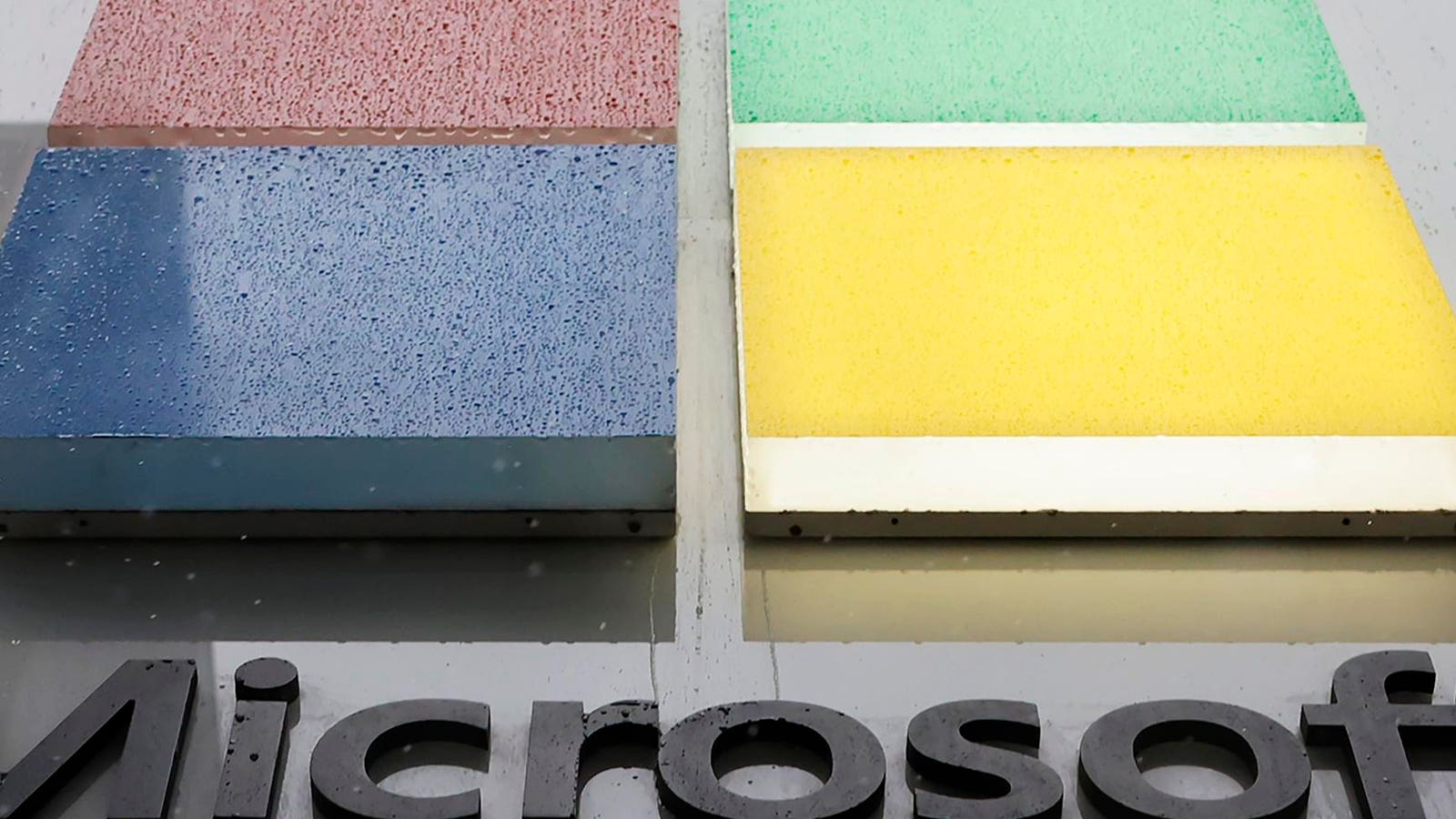The Perseid meteor shower is seen over the Ulanbum grassland in Chifeng city, Inner Mongolia, China, August 14, 2023. (Photo by Costfoto/NurPhoto via Getty Images)
NurPhoto via Getty Images
The Perseid meteor shower, the most popular “shooting star” display of the year, will be far from its best because of the presence of a near-full moon in the sky, experts have warned.
When Is The Perseid Meteor Shower?
The most prolific meteor shower of the year under ideal conditions, the Perseids are active right now, having started on July 14. The show will extend through Sept. 1, but come to a narrow peak overnight on Tuesday-Wednesday, Aug. 12-13.
However, although the sturgeon moon will turn full on Saturday, Aug. 9, it will still be very bright come the Perseids peak — and rise into the sky just as it gets dark.
The Truth About The Perseid Meteor Shower In 2025
According to the American Meteor Society, this is interrupting the Perseids’ “strong maximum” and playing havoc with the 50-75 “shooting stars” per hour normally expected to be seen on the peak night. “In 2025, the waning gibbous moon will severely compromise this shower at the time of maximum activity,” says the AMS. “Such conditions will reduce activity by at least 75 percent as only the brighter meteors will be visible.”
That means a maximum of only about 12-18 “shooting stars” per hour will likely be seen on the peak night of the Perseids this year.
What NASA Says About The Perseid Meteor Shower
NASA agrees that one of the best annual meteor showers, the Perseids, will this year disappoint. “Unfortunately, this year the moon is nearly full on the peak night, and its glare will wash out all but the brightest meteors,” states NASA in its latest skywatching tips for August 2025. However, there is some positive news. “While that’s not so great for Perseid watchers, the good news is that another favorite annual meteor shower, the Geminids, is poised for Moon-free viewing in December,” writes NASA.
When Is The Geminids Meteor Shower?
Of all the major meteor showers in 2025, it’s the Geminids that are poised to be the most impressive. Active from Dec. 1-21, the Geminid meteor shower can produce up to 150 “shooting stars” per hour during the peak — at least, in theory — with the peak overnight on Saturday/Sunday, Dec. 13/14. This time, the moon will not get in the way until a few hours after midnight, rising as a crescent in the eastern sky as the peak comes to an end.
So while 2025’s Perseids peak may be a letdown, the December’s Geminids promise to deliver a dazzling consolation prize under much darker skies later this year.
Wishing you clear skies and wide eyes.









